18 October 2025
Let’s be real for a second—early childhood classrooms are more than just a place to play with blocks and color inside the lines. They're a child's second home, where tiny humans begin to understand the world around them. And guess what? Just like adults, kids need to feel like they belong. That warm, fuzzy feeling of being accepted, appreciated, and included? Yep, that’s what fuels their love for learning and helps them grow emotionally and socially.
So, how do we create that environment where each child feels seen, heard, and valued? Grab a comfy seat because we’re diving deep into how to foster a sense of belonging in early childhood classrooms. No fancy jargon here, just simple, heartfelt strategies that genuinely work.
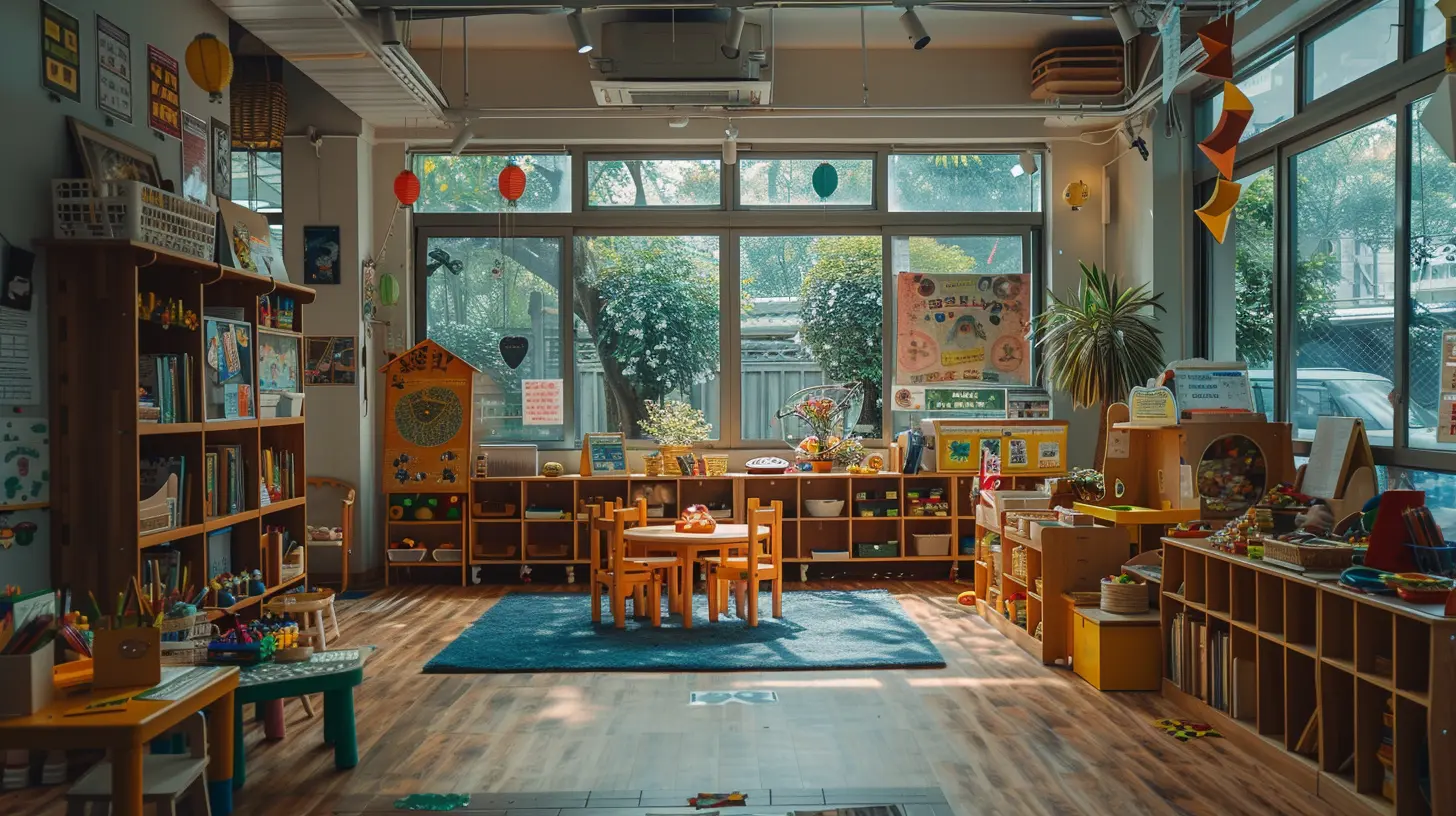
Why Belonging Matters More Than You Think
Think back to your first day in a new environment—maybe a job, a school, or even a fitness class. Nerve-wracking, right? Now, imagine being 4 years old, trying to navigate a colorful classroom full of strangers. That’s why belonging isn’t a "nice-to-have." It’s a non-negotiable.When kids feel like they belong, their confidence skyrockets. They participate more, take creative risks, and build friendships. Belonging is the secret sauce that brings out the best in little learners. Without it, anxiety and disengagement can creep in, throwing learning off track.
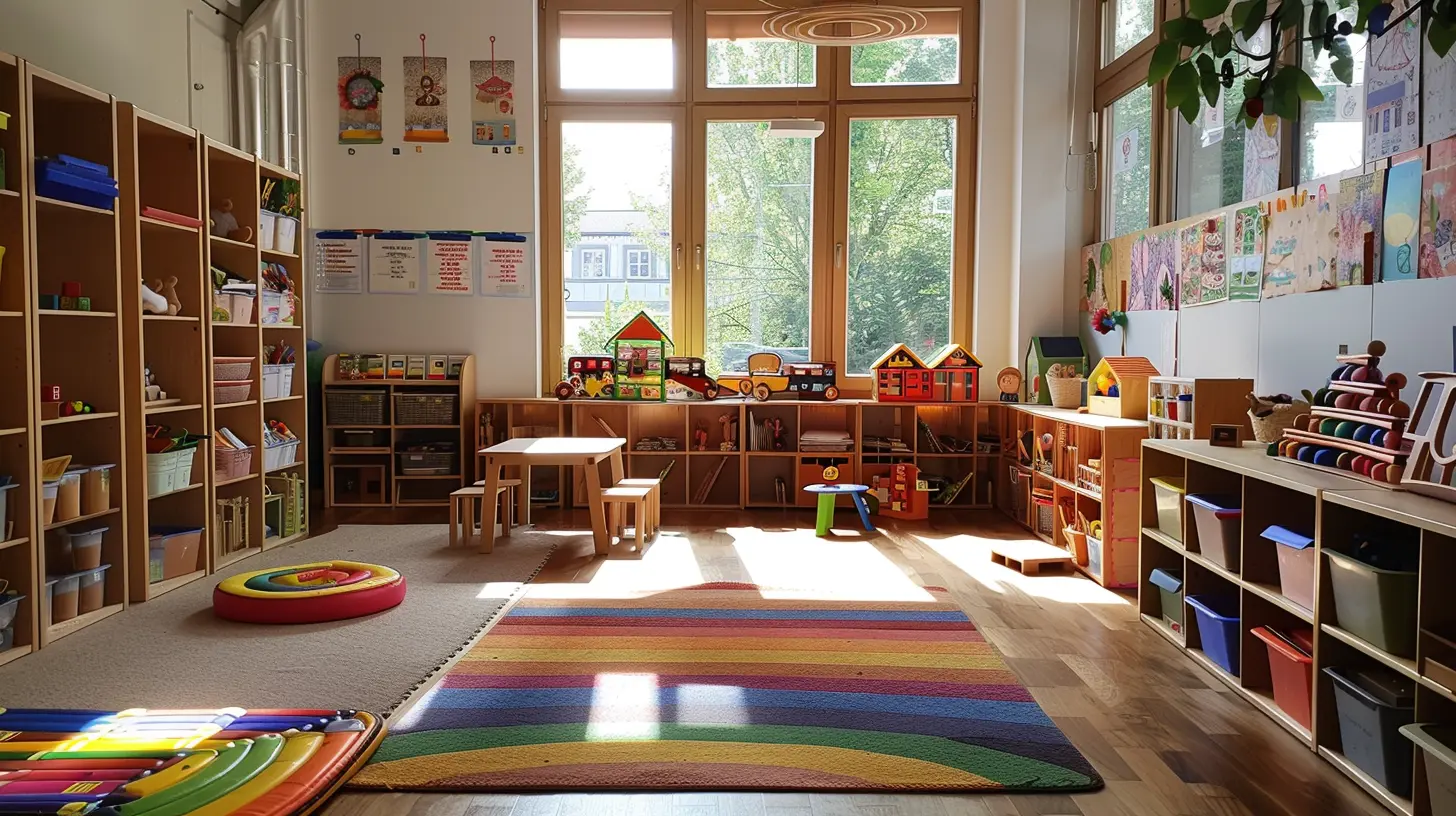
Build Strong Relationships First
Before you even think about setting up bulletin boards or sensory tables, start by building meaningful relationships. And no, it’s not just about giving high-fives and remembering names (though those help!).1. Greet Every Child Personally
Make a habit of greeting each child by name every day. Look them in the eye, smile, and say something like, “Hey Mia, I’m so glad you’re here today!” That tiny interaction sends a huge message: You matter.2. Create a Safe Space for Expression
Encourage kids to share their thoughts, even if they’re wild and wacky. Validate their feelings—yes, even when they cry over the blue crayon being missing. When children know their emotions are respected, they blossom.3. Engage with Families
Families are a child’s first teachers, and partnering with them helps create consistency. Send home notes, host informal chats, and celebrate cultural traditions. When families feel included, kids feel more connected.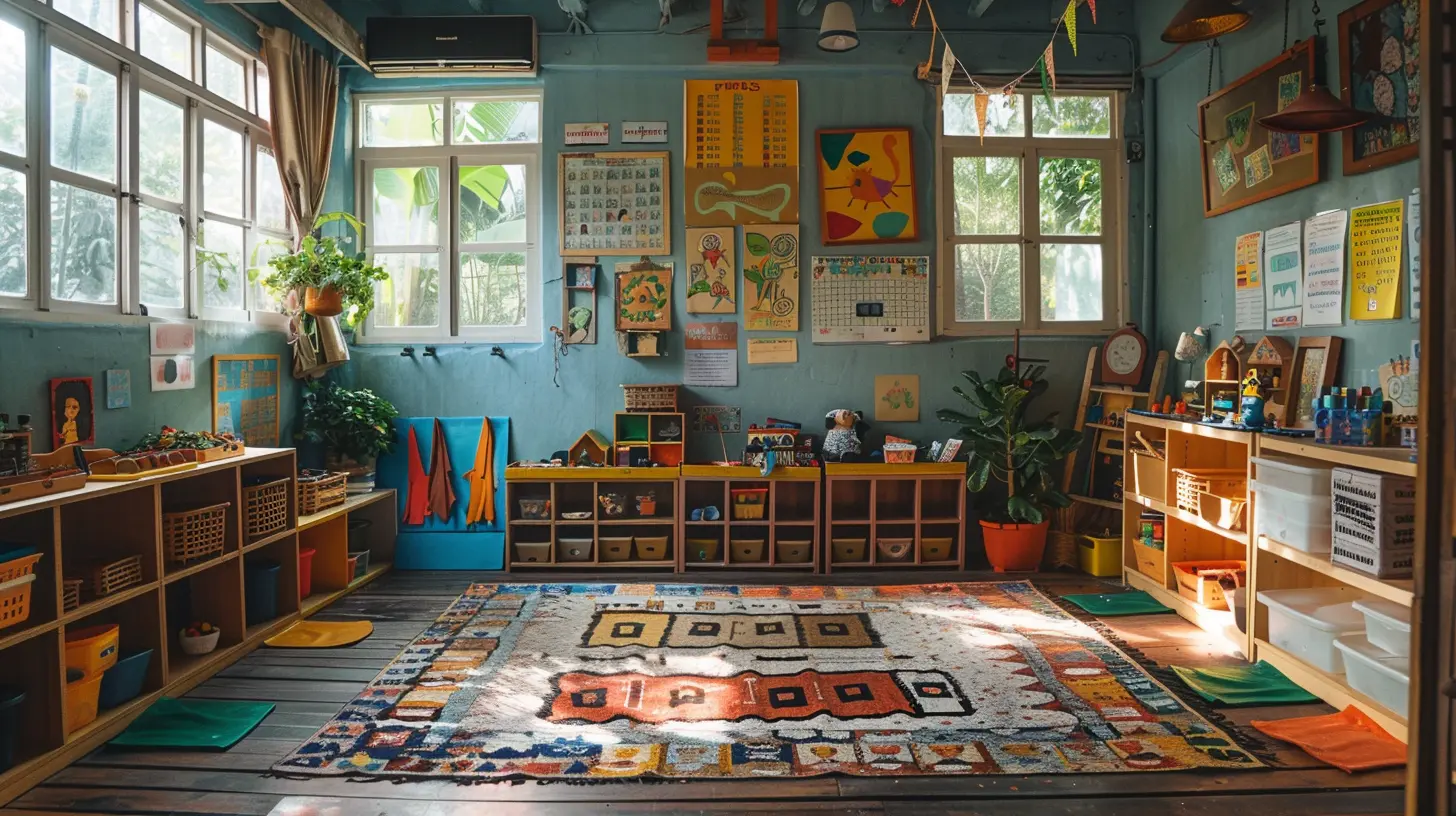
Design Classrooms That Speak “Welcome!”
Ever walked into a room and immediately felt at ease? That's exactly the vibe we want in early childhood settings.1. Display Children's Work
Put up artwork, photos, and writing samples at eye level. It shows kids their work is valued and unique—like putting their personal stamp on the classroom.2. Use Inclusive Decor
Representation matters. Have books, posters, and dolls that showcase different races, family structures, abilities, and cultures. When children see themselves reflected in their environment, their confidence grows.3. Create Cozy Corners
Designate a quiet area with pillows, soft lighting, and calming visuals. This "comfort corner" gives kids a place to decompress. It's like a mini retreat for little minds.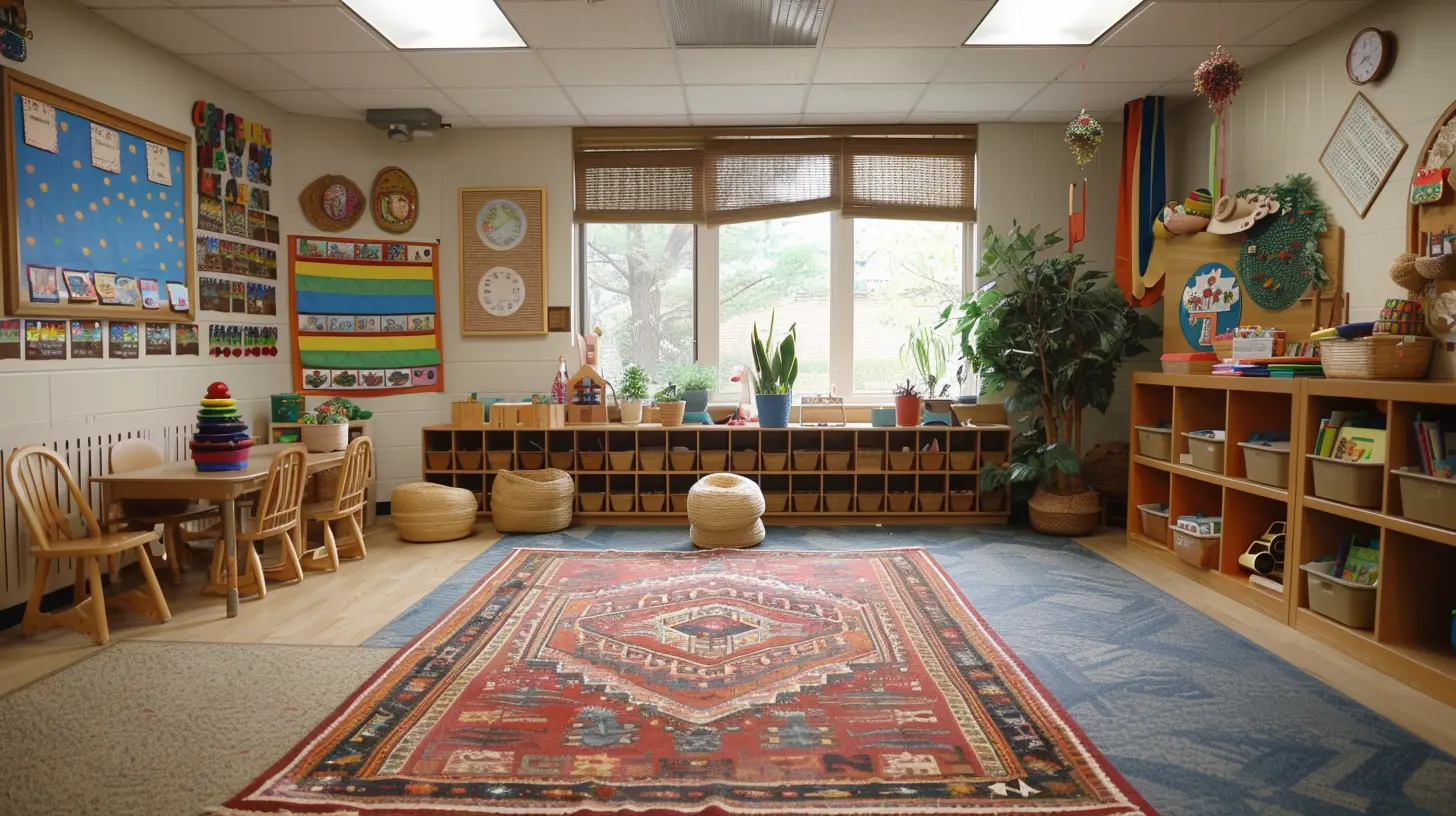
Make Activities Relatable and Inclusive
Learning shouldn’t feel like a chore. In fact, it should feel like a fun, shared adventure. Here’s how to make sure every child feels like part of that journey.1. Celebrate Each Child’s Culture
Incorporate songs, foods, and stories from around the world. Got a student from Korea? Try a Korean song during circle time. This not only sparks curiosity but also validates their identity.2. Use Children's Names in Lessons
Simple touches like using kids’ names in story problems or songs can mean the world. It’s like saying, “Hey, this is your space.”3. Encourage Group Projects
Working together teaches collaboration and nurtures friendships. Whether it’s building a block tower or painting a mural, shared tasks promote that “we’re in this together” feeling.Establish Routines with Flexibility
Structure is essential, but rigidity? Not so much. Children thrive on predictable routines, but they also need the freedom to be themselves.1. Visual Schedules
Use picture-based schedules that kids can follow. It reduces anxiety and empowers them to navigate their day confidently.2. Give Choices
Offer simple choices like, “Do you want to read a book or build with blocks?” When kids feel they have a say, they feel more invested in the classroom.3. Be Attuned to Cues
Some kids might need extra hugs; others might need a little space. Tune into their emotional needs and adjust accordingly. Think of yourself as the DJ spinning the right tunes to keep the dance party going smoothly.Language: It’s Not Just What You Say—It’s How
Words are powerful. The way we talk to children can either build them up or tear them down.1. Use Positive Language
Instead of “Don’t run,” try “Let’s walk inside so we stay safe.” Framing things positively helps kids stay calm and feel respected.2. Encourage, Don’t Just Praise
Rather than saying, “Good job,” try “You worked really hard on that puzzle.” Focus on effort and process. It builds resilience and pride.3. Validate Feelings
Whether a child is ecstatic or upset, show empathy. “I can see you’re feeling sad. Want to tell me about it?” This builds trust and emotional intelligence.Be a Role Model of Belonging
Kids are always watching. What you do teaches just as much—if not more—than what you say.1. Show Respect to All
Whether it’s a fellow teacher, a janitor, or a visitor, treat everyone with kindness. Children will mimic what they see.2. Practice Inclusion
Use group activities to mix up cliques and encourage new friendships. Teach that everyone has something special to offer.3. Encourage Peer Support
Celebrate kindness and teamwork. Highlight moments when children help each other. That’s where the magic of belonging multiplies.Handle Conflicts with Compassion
Let’s face it—conflicts are part of life. But how we respond to them makes all the difference.1. Teach Problem-Solving Skills
Guide children to use “I” statements: “I feel sad when…” This helps them articulate feelings instead of resorting to hitting or crying.2. Use Restorative Practices
Instead of punishing, encourage children to fix what went wrong. “How can we make our friend feel better?” This builds empathy and accountability.3. Reinforce a Growth Mindset
Let children know it’s okay to make mistakes. Mistakes are how we learn. Normalize them and reflect on them together.Keep Checking In
The sense of belonging isn’t a one-time thing—it’s a continuous journey. Keep your finger on the pulse.1. Observe and Reflect
Is anyone consistently isolated? Does someone always avoid certain activities? Stay alert to social dynamics and step in early.2. Use Feedback Loops
Ask children how they feel about the classroom. Even young ones can tell you a lot with their words, drawings, or facial expressions.3. Stay Flexible
As your group changes throughout the year, so might the ways they connect. Adjust, adapt, and keep the belonging vibe strong.Final Thoughts
Creating a sense of belonging in early childhood classrooms isn’t about grand gestures or expensive resources. It’s about daily, intentional actions rooted in love, respect, and empathy. When we nurture connections, celebrate uniqueness, and model kindness, we build more than just a classroom—we build a little world where every child feels like they truly belong.So, let’s roll up our sleeves and get to work—not just as educators but as architects of belonging. Because when children feel like they belong, they don’t just survive—they thrive.



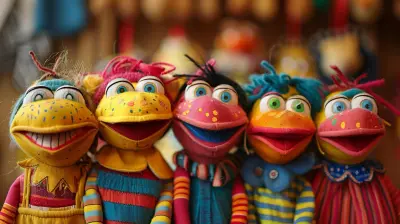



Zayla McQuaid
Creating a sense of belonging in early childhood classrooms is vital for emotional development. Techniques such as inclusive activities, culturally responsive teaching, and fostering strong relationships among peers can enhance children's self-esteem and social skills, ultimately promoting a supportive learning environment.
November 6, 2025 at 1:31 PM